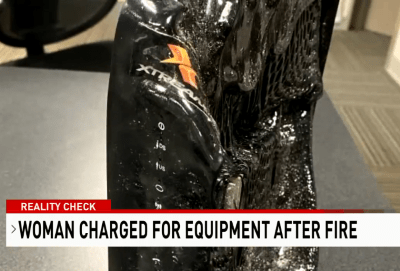
(Image: WPMI-TV)
An Alabama woman who lost everything in a condo fire has been hit with a $300 charge because she couldn’t return a cable modem that literally melted in the fire.
Mediacom representatives were adamant that if she did not pay her final bill, including a $300 non-returned equipment charge for a cable modem that costs considerably less, her account would be turned over to a collection agency.
Barbara Rose told WPMI-TV she “was shocked” by how Mediacom treated her, and the ongoing battle with the cable operator was adding to her stress. The company said she could always claim the damaged modem on her insurance, something Rose neglected to get for her leased condo. Attempts to negotiate the amount of her final bill with Mediacom went nowhere.
The cable modem/router in question, manufactured by Technicolor, is estimated to have cost Mediacom less than half the amount they were asking. In fact, customers typically pay the cable company more than $12 a month in modem rental fees, but Mediacom showed no willingness to pro-rate the damaged modem and sought ‘more than’ full payment. When Rose refused, “they turned me over to collections,” Rose told the station.
When WPMI contacted Mediacom, the company’s intransigence disappeared immediately.
“We have a longstanding policy to waive equipment return charges for customers who have been displaced by disasters like a fire,” a Mediacom representative told the TV station. “The person this customer spoke to must not have been aware of the policy.”
 Rose said she contacted at least five Mediacom employees, including a supervisor, and none were apparently familiar with this policy.
Rose said she contacted at least five Mediacom employees, including a supervisor, and none were apparently familiar with this policy.
Still, Rose is delighted Mediacom has now waived the modem fee and the cost of her final month of service.
It is just another example of public relations working in favor of customers. When a reporter shows up threatening to make a dispute public on the evening news, most companies buckle in favor of customers they may have refused to help for weeks or months earlier.
Charging for unreturned cable equipment after a fire or other disaster is very common, despite most cable companies claiming to waive fees in the event of such personal disasters. Most instruct victims to pay the charges and seek compensation through an insurance claim. But in most cases, customers need not pay anything at all if they inform the company of its own policies regarding unreturned equipment damaged in fires, floods, or other tragedies.
At the same time, every renter should purchase renter’s insurance to protect the value of their personal property. It is inexpensive and the only way to recoup losses in the event your property is damaged or destroyed.
WPMI-TV in Mobile covers another dispute between a cable company and customer over unreturned cable equipment destroyed in a fire. (2:31)


 Subscribe
Subscribe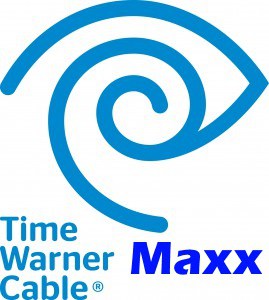

 A modem rental fee may also apply in most states, unless you use your own cable modem. Outside of New York and New Jersey, most legacy ELP customers have already experienced several
A modem rental fee may also apply in most states, unless you use your own cable modem. Outside of New York and New Jersey, most legacy ELP customers have already experienced several 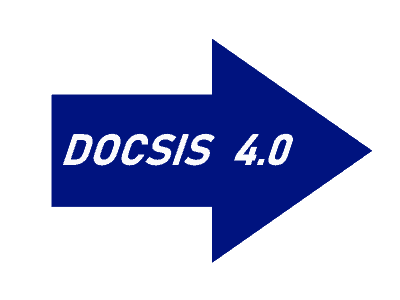
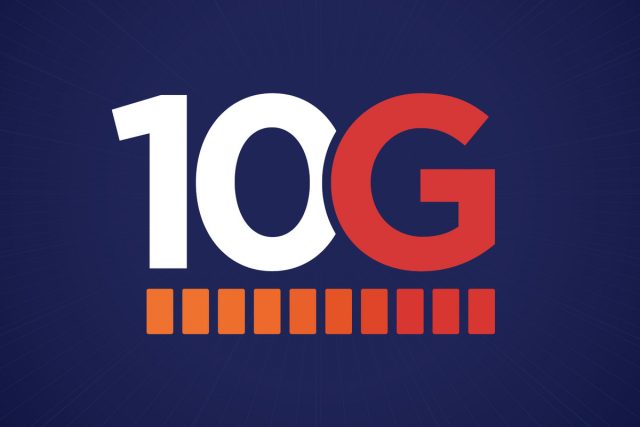 Industry trade association NCTA reports that Comcast, Charter, Cox, Mediacom, Midco, Rogers (Canada), Shaw Communications (Canada), Vodafone (Europe), Taiwan Broadband Communications, Telecom Argentina, Liberty Global (Europe/Latin America) are all implementing the industry’s 10G initiative, with lab trials already underway, and field trials beginning in 2020. DOCSIS 4.0 will ultimately be a part of that project.
Industry trade association NCTA reports that Comcast, Charter, Cox, Mediacom, Midco, Rogers (Canada), Shaw Communications (Canada), Vodafone (Europe), Taiwan Broadband Communications, Telecom Argentina, Liberty Global (Europe/Latin America) are all implementing the industry’s 10G initiative, with lab trials already underway, and field trials beginning in 2020. DOCSIS 4.0 will ultimately be a part of that project.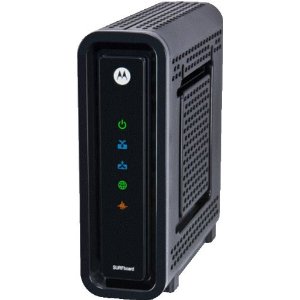
 Charter Spectrum sold its merger with Time Warner Cable and Bright House Networks partly on its argument that modem fees would no longer be charged. Despite that, many former Time Warner Cable and Bright House customers still use their own modems, which has been a problem for a company that raised the standard internet speed available to residential customers from 15 Mbps to 100 Mbps (200 Mbps in some markets, mostly those also served by AT&T). Older modems often cannot achieve those speeds. Spectrum notifies affected customers in periodic campaigns, offering to replace their obsolete equipment, but many customers suspect hidden fees may be lurking in such offers and discard them.
Charter Spectrum sold its merger with Time Warner Cable and Bright House Networks partly on its argument that modem fees would no longer be charged. Despite that, many former Time Warner Cable and Bright House customers still use their own modems, which has been a problem for a company that raised the standard internet speed available to residential customers from 15 Mbps to 100 Mbps (200 Mbps in some markets, mostly those also served by AT&T). Older modems often cannot achieve those speeds. Spectrum notifies affected customers in periodic campaigns, offering to replace their obsolete equipment, but many customers suspect hidden fees may be lurking in such offers and discard them. Cox is also in a similar predicament. It runs seasonal checks on its network to identify customers using older DOCSIS modems, often DOCSIS 3.0 4×4 modems, which can only support four download channels. When it finds customers eligible for an upgrade, it mails postcards offering a “free modem upgrade,” usually supplying a SB6183 or SB8200 modem that can arrive in 24-48 hours. But many Cox customers suspect trickery from Cox as well, or run into poorly trained customer service representatives that reject the postcards, claiming the customer is ineligible.
Cox is also in a similar predicament. It runs seasonal checks on its network to identify customers using older DOCSIS modems, often DOCSIS 3.0 4×4 modems, which can only support four download channels. When it finds customers eligible for an upgrade, it mails postcards offering a “free modem upgrade,” usually supplying a SB6183 or SB8200 modem that can arrive in 24-48 hours. But many Cox customers suspect trickery from Cox as well, or run into poorly trained customer service representatives that reject the postcards, claiming the customer is ineligible. In fact, most modem upgrade offers from your provider are likely genuine, but customers need to pay attention to any fine print.
In fact, most modem upgrade offers from your provider are likely genuine, but customers need to pay attention to any fine print.